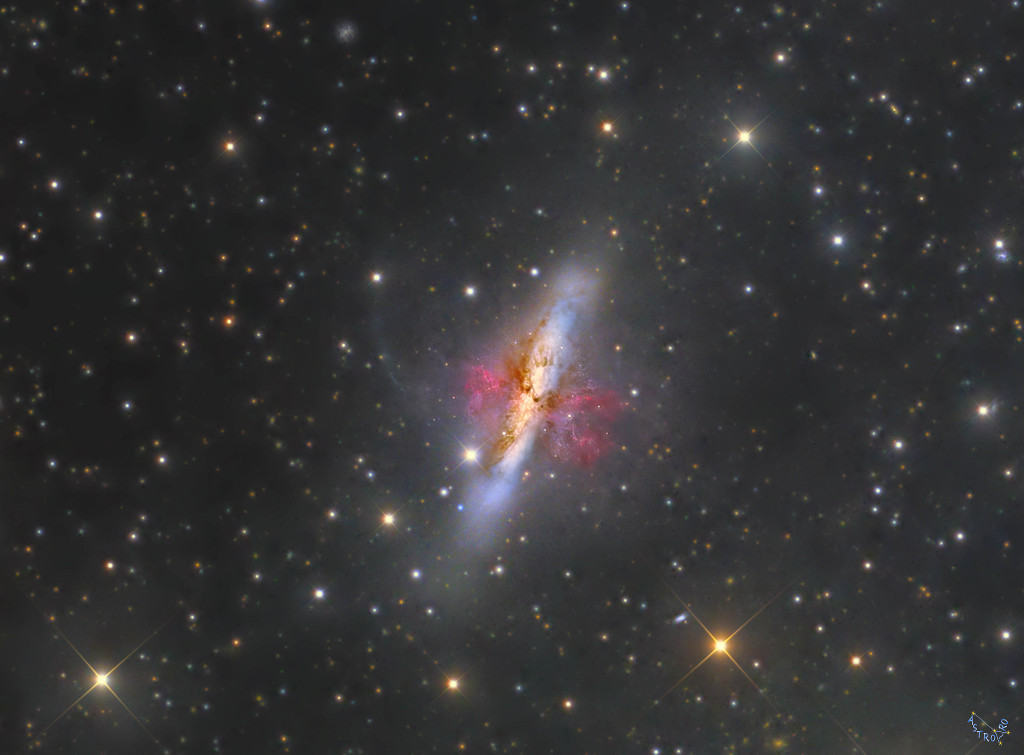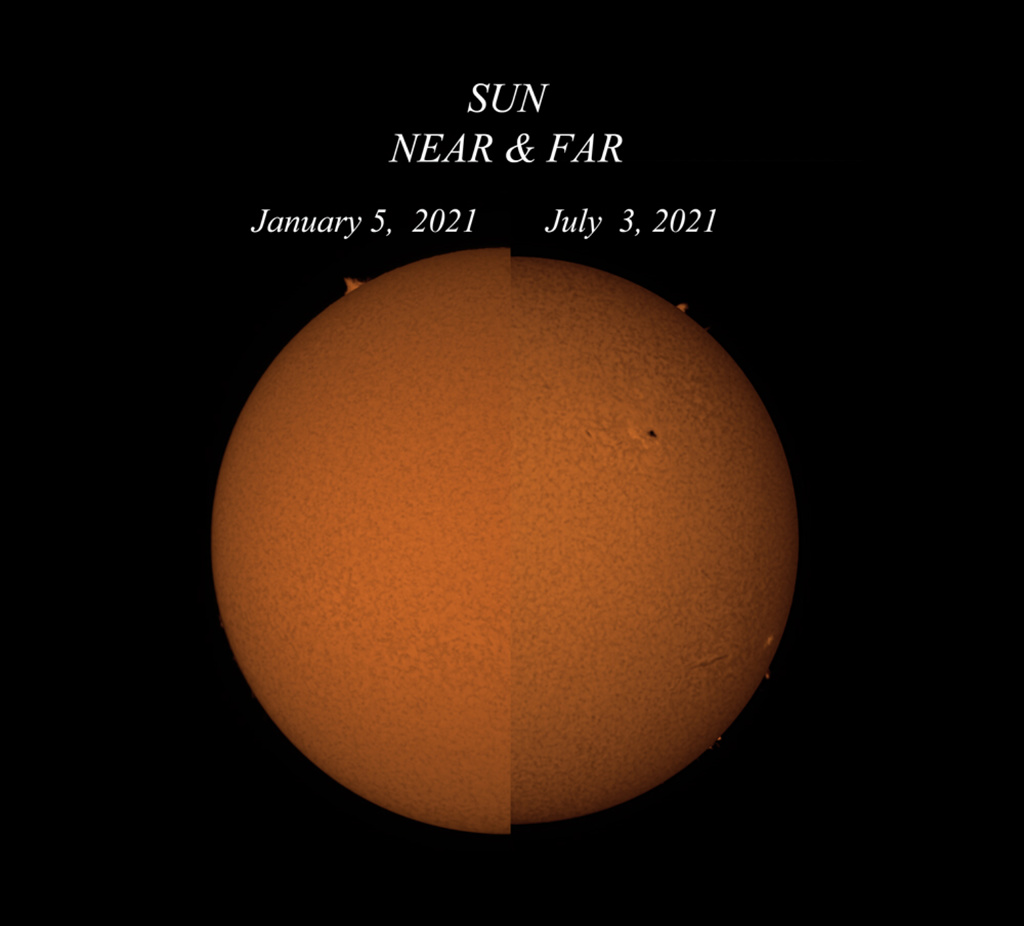
Mercury and the Da Vinci Glow


Students from three states will hear from astronauts from three different countries aboard the International Space Station next week.
from NASA https://ift.tt/3ANc2Dy
via IFTTT![]()
NASA and Northrop Grumman of Dulles, Virginia, have finalized a contract to develop the Habitation and Logistics Outpost (HALO) for Gateway, which will be a critical way station and outpost in orbit around the Moon as part of NASA’s Artemis program.
from NASA https://ift.tt/3wxIjLo
via IFTTT![]()


Media accreditation is open for the launch from Virginia of Northrop Grumman’s 16th commercial resupply services mission to deliver NASA science investigations, supplies, and equipment to the International Space Station aboard its Cygnus spacecraft.
from NASA https://ift.tt/3yxkTYa
via IFTTT![]()
